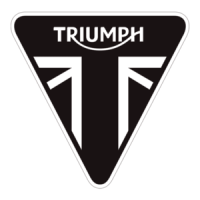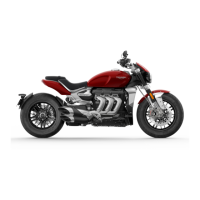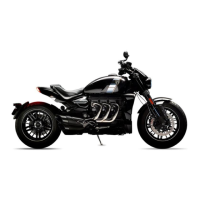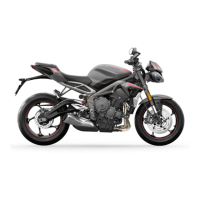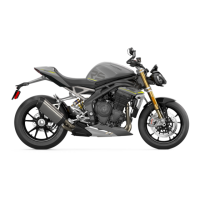General Information
Cleaning components
A high flash-point solvent
is
recommended
to
reduce
fire hazard.
Always follow container directions regarding the
use
of any solvent.
Always
use
the recommended cleaning agent or
equivalent.
Do
not use degreasing equipment for components
containing items which could
be
damaged
by
the
use
of
this process. Whenever possible, clean
components and the area surrounding them before
removal. Always observe scrupuious cleanliness
when cleaning dismantled components.
Lubrication
The majority of engine wear occurs while the engine
is
warming
up
and
before
all
the rubbing surfaces
have
an adequate lubrication film. During assembly,
011
or grease (whichever
is
more suitable) should
be
applied
to
any rubbing surface, which
has
lost its
lubrication film. Old grease
and
dirty
011
should
be
cleaned
off.
This
is
because used lubricants will
have
lost some lubrication qualities
and
may
contain
abrasive foreign particles.
Use
recommended lubricants. Some oils
and
greases
in
particular should
be
used only
in
certain
applications
and
may
be
harmful if
used
in
an
application for which they are not intended. This
manual makes reference
to
molybdenum disulphide
grease
in
the assembly of certain engine
and
chassis
parts. Always check manufacturer recommendations
before using such special lubricants.
Joints and joint faces
Assemble joints dry unless otherwise specified
in
this
Manual.
If
gaskets and/or jointing compound
is
recommended
for use; remove
all
traces of old jointing material prior
to
reassembly.
Do
not use a tool which will damage
the joint faces
and
smooth out any scratches or burrs
on
the joint faces using
an
011
stone.
Do
not allow dirt
or jointing material
to
enter any tapped holes.
Gaskets, a-rings
Do
not re-use a gasket or a-ring once it
has
been
in
service. The mating surfaces around the gasket
should
be
free
of
foreign matter
and
perfectly smooth
to avoid
011
or compression leaks.
Liquid gasket, non-permanent locking agent
Follow manufacturer's directions for cleaning
and
preparing surfaces where these compounds will
be
used. Apply sparingly as excessive amounts of sealer
may block engine
011
passages and cause serious
damage.
Prior
to
reassembiy, blow through any pipes, channels
or crevices with compressed
air.
To
prevent injury, always
use
eye,
face and ear
protection when using compressed
air.
Always wear
protective gloves if the compressed air is to
be
directed
in
proximity
to
the skin.
Screw Threads
Metric threads to ISO standard are used.
Damaged nuts, bolts and screws must always
be
discarded.
Castellated nuts must not
be
slackened back
to
accept a split-pin, except
in
those recommended
cases when this forms part of
an
adjustment.
Do
not allow
011
or grease
to
enter blind threaded
holes. The hydraulic action
on
screwing
in
the bolt or
stud could split the housing.
Always tighten a nut or bolt
to
the recommended
torque figure. Damaged or corroded threads can
affect the torque reading.
Unless specified, threaded fixings must always
be
fitted dry (no lubrication).
Never lubricate a thread unless instructed to
do
so.
When a thread of a fixing
is
lubricated, the thread
friction
is
reduced. When the fixing
is
tightened,
reduced friction will cause overtightening and
possible fixing failure.
A fixing which falls
in
service could cause
component detachment leading to loss
of
control
and
an
accident.
1.6
Service Manual - Rocket III
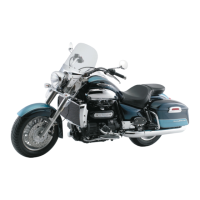
